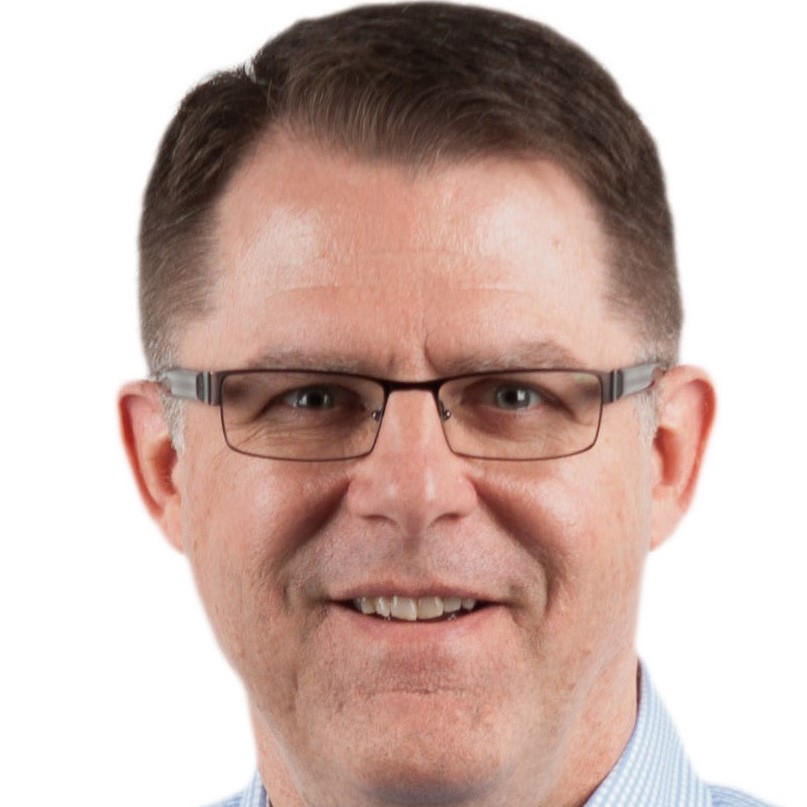
Roughly a year ago, I was approached by a client team member with a simple, yet profound, question; namely, how do I decide what to do next? The topic of priorities in business gets a lot of airplay. We know the importance of setting priorities. Your organization may even be pretty good at defining priorities for your company, division, department, or team. However, when you really stop to think about it, a surprisingly high fraction of the time, we are left to determine our own priorities. How do I do that effectively? How do I determine what to do now or next?
One of the more powerful frameworks managing our priorities is Stephen Covey’s Four Quadrants. Covey proposed that any activity falls into one of four quadrants on a 2×2 grid that defined an activity as either important or unimportant on one axis and as urgent or not urgent on the other axis. His primary takeaway was that Quadrant II activities (those activities which are important, but not urgent) will get ignored unless we purposefully schedule them into our days. However, even that powerful framework falls short in terms of helping me understand what to do next.
After some reflection on the client’s question, I shared what has become an enduring and reusable framework for answering this question. We subsequently taught this framework to a client company that now reinforces it with repetition during companywide daily huddles.
- Serve Customers — Whenever we have an opportunity to serve a customer, no matter what our role or activities in the moment, we redirect our energies to serve that customer.
- Do Your Job — As part of our assigned role, we are accountable to our teammates for various deliverables. These commitments to the team comprise our second priority. This means that whenever we are unable to fulfill those commitments, we must find a delegate who will temporarily perform them. This phrase is a mantra for the Bill Belicheck-led New England Patriots. Whether you’re a fan of the team or not, their success is undeniable.
- Help the Team — Since we are all in this business together, we keep our minds and hearts attuned to the needs of our teammates. When they need help, we willingly and joyfully step into the breach and help; even when it requires personal sacrifice.
- Find a Better Way — When we have fulfilled the previous three obligations, we perpetually seek and test ideas to find a better way (including identifying and capturing opportunities, eliminating waste, solving problems, increasing speed, simplifying tasks and processes, improving quality, etc.)
Use these four guideposts to prioritize the investment of our your own time and talents. Only progress down the cascade when you have satisfied the current and higher levels. For example, you should not pitch in to help teammates (#3) at the recurring cost of ignoring your own responsibilities (#2).
What are other frameworks have you found effective in deciding what to do next?
